Contents
Tire Balance
Tires are balanced when first installed on a wheel or rim. Wheel weights attached to the rim offset imperfections in the tire manufacturing process. If a weight falls off the rim or the tire hits a curb or pothole, the tire might become unbalanced.
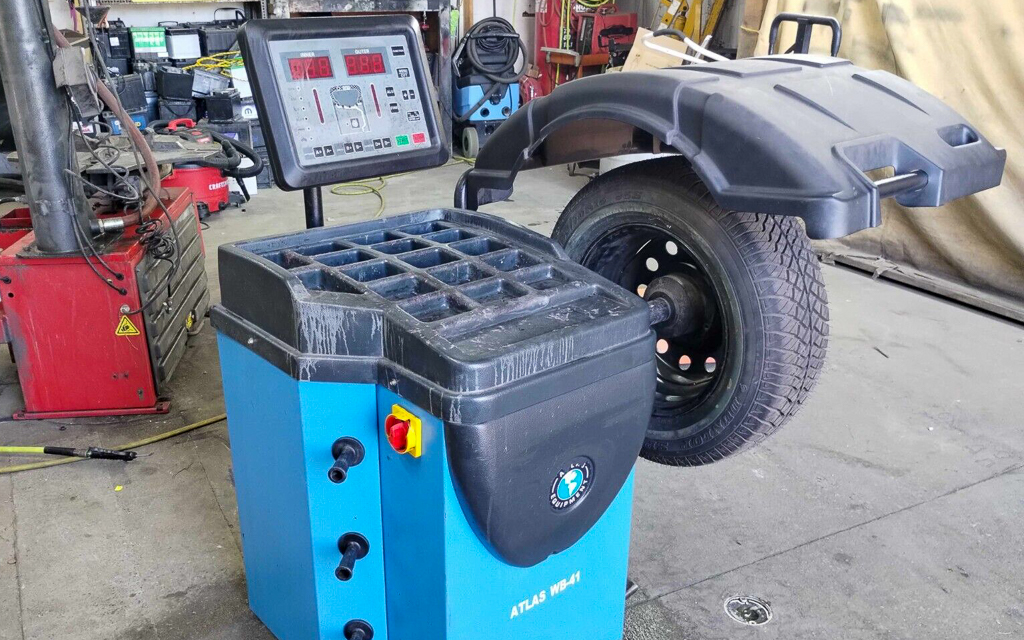
Dynamic wheel balancing machines take the wobble out of the tire.
Depending on the wheel and tire package, the steering wheel might shake at 40 mph. Go a little faster, and the shake may disappear but then return as your speed reaches 65 mph. If the steering wheel shake comes and goes, that indicates that at least one tire needs rebalancing.
To remedy this issue, have a tire shop rebalance the tires when rotated. The tires will last longer, and you’ll reduce the risk of shakes.
Shop now for wheels and tiresRead: What Is Your Steering Wheel Telling You?
Bad Brakes
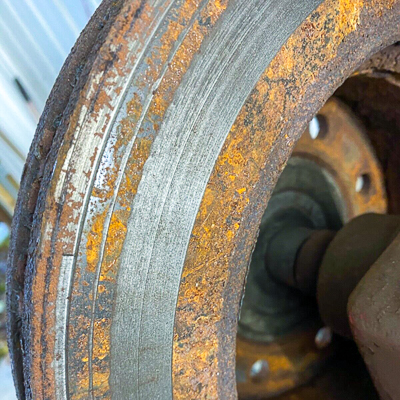
Scored or rusty brake rotors can cause steering wheel shaking
As your brakes wear, the brake rotors can become distorted, warped, and uneven. When your car brakes, the uneven surface of the rotor causes a judder (or shudder) that you can feel in the brake pedal. But this judder also gets transmitted to the steering wheel, causing that shaky feeling.
The brake rotor can be machined and resurfaced. If the wear is too significant, you might need new brake rotors. Have this repair done as soon as you first notice the shudder. The longer you wait, the more extensive the repairs could be.
Read: Machining Versus Replacing
Wheel Alignment
If you constantly need to pull on the steering wheel to keep the car centered in your lane, the tires are most likely out of alignment. Misalignment causes the tires to wear unevenly, usually with the inside of the tread wearing faster. Steering wheel shake is one indicator of uneven wear.
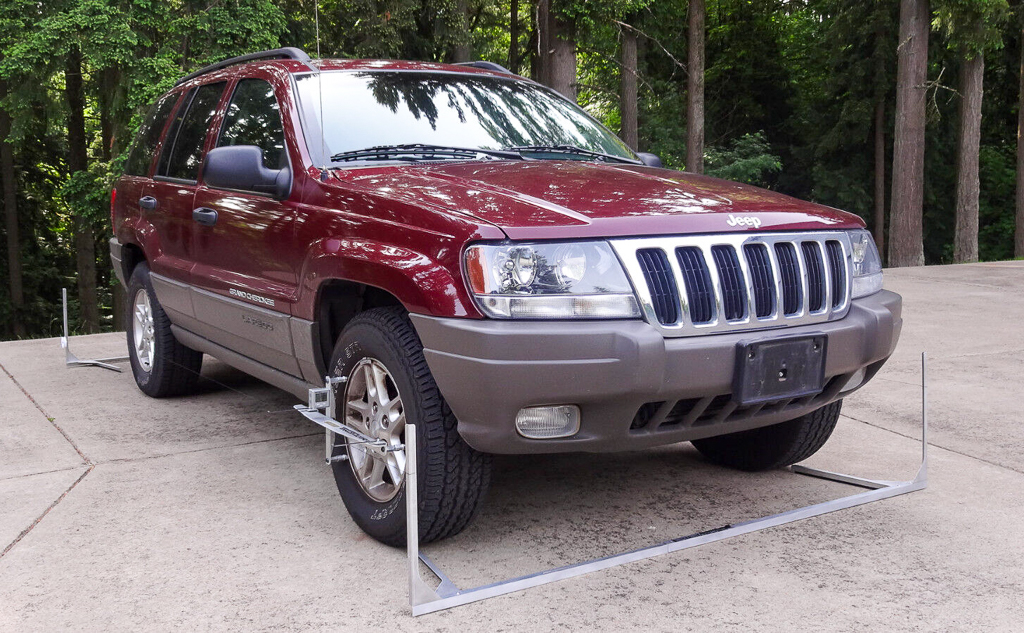
DIY wheel alignment tools and sets are available for home garage use.
Inspect your tires for tread wear, then drive on a flat road without a crown or raised center. If you need to adjust the steering wheel to steer straight, it is time for an alignment. Wait too long for an alignment and your tires could prematurely wear out, possibly voiding the warranty.
Shop now for wheel alignment toolsWheel Bearings
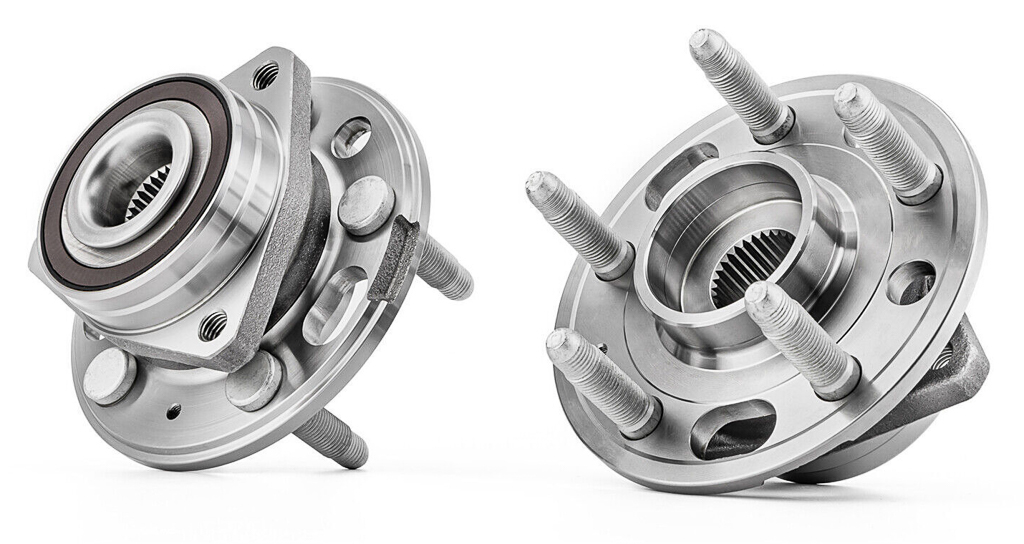
Worn wheel bearings and hubs can cause vibration that affects the steering wheel.
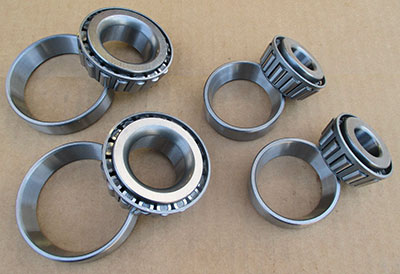
Wheel bearings
The car’s wheel bearings are small metal balls or tapers that help the wheel rotate smoothly. The wheel does not spin well if the bearings lose lubrication or wear out, which is especially noticeable when turning. So, if the shaky wheel only occurs when turning sharply while driving, check the wheel bearings.
Fortunately, replacing a faulty wheel bearing is easy and inexpensive if you repair the problem as soon as you notice it.
Read: What to Do When Wheel Bearings Fail
Suspension Issues
A car’s chassis sits on a complex set of suspension parts. Often, rubber or polyurethane bushings are used to cushion the metal pieces. If a suspension part wears out or the bushing shows age and cracks, the poor suspension can translate to a shaky steering wheel.
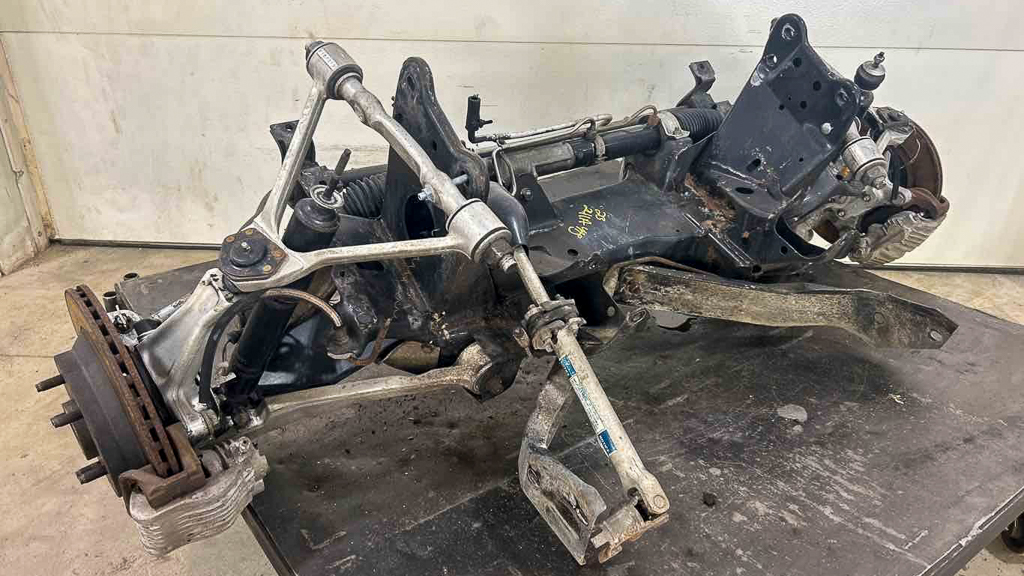
This used Corvette front suspension illustrates the many moving parts and bushings susceptible to wear.
You can visually check the bushings and see if they are cracked or missing portions. Safely raise the front of the car on jack stands. Pull on the wheels in all directions, and if you have a lot of play or movement as you tug on the wheel, a tie rod or ball joint most likely needs replacing.
Read: New Suspension Bushings Can Improve Handling
Shop now for steering and suspension parts




